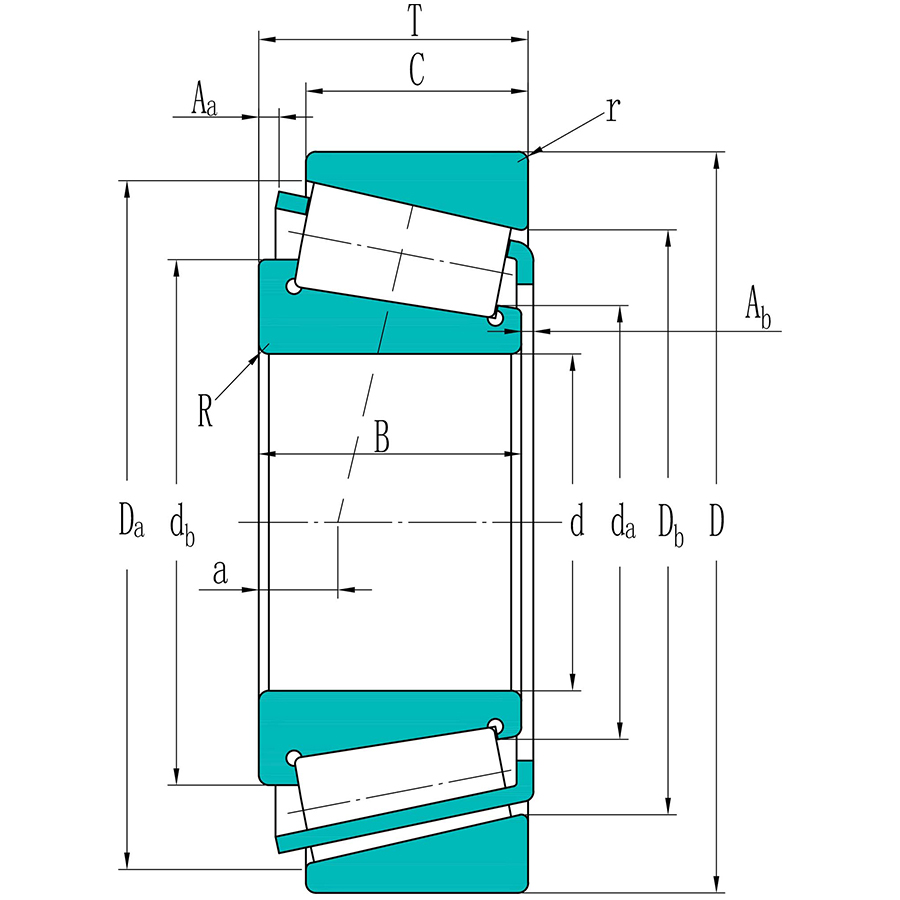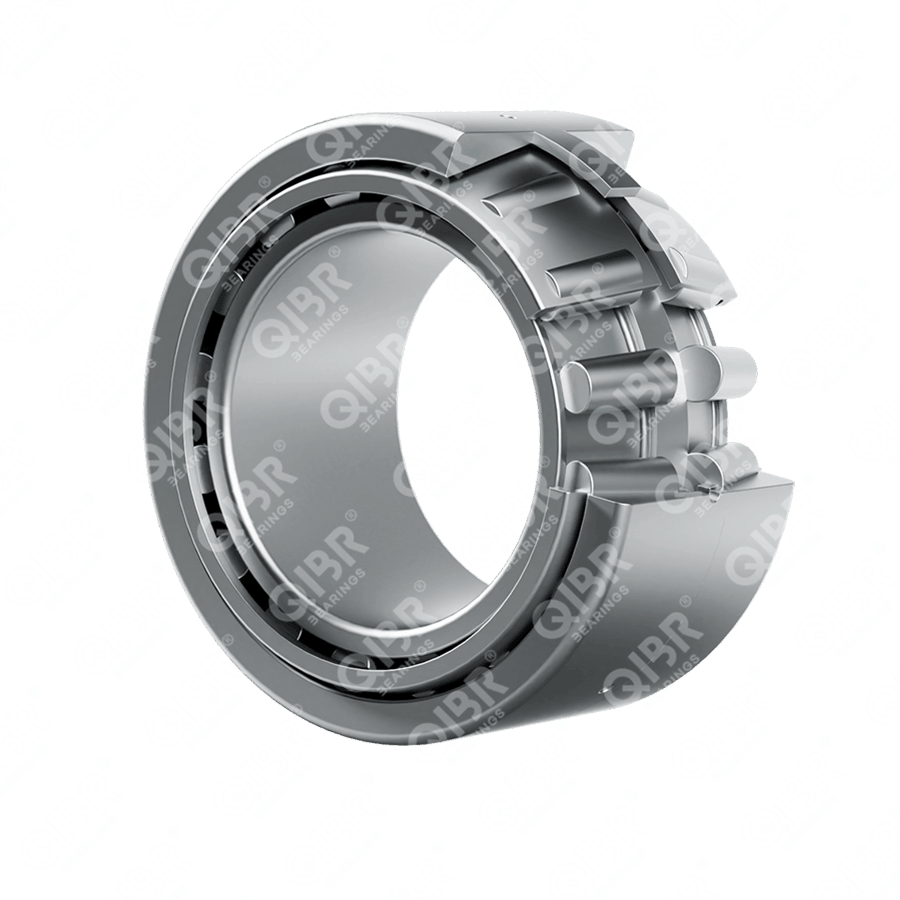
Image may differ from product. See technical specification for details.
Standard
GB,ASTM/AISI,ГОСТ,BS,JIS,NF,DIN / VDEh,DIN / VDEh
Material
Bearing steel, Stainless steel, Carburized steel
Inner diameter (d)
15-60 mm
Cup outer diameter (D)
42-140 mm
Brand
QIBR/OEM/Neutral
Package
QIBR/Standard Industrial Package/OEM
Applications
Automotive industry; Mechanical equipment; Precision instruments; Aerospace; Railway transportation; Electric Energy etc

| NO. | Product | Product Number | Bearing width (T) | Bore | Cone width (B) | Cup outer diameter (D) | Cup width (C) | Weight |
|---|---|---|---|---|---|---|---|---|
| 1 |

|
BT2B 332685/HA1 | 300.212 mm | |||||
| 2 |

|
BT2B 334087/HA3 | 305.033 mm | |||||
| 3 |

|
332068 | 305.033 mm | |||||
| 4 |

|
332169A | 305.07 mm | |||||
| 5 |

|
BT2B 332931 | 240 mm | |||||
| 6 |

|
BT2B 332536/HA1 | 254 mm | |||||
| 7 |

|
332168 | 300 mm | |||||
| 8 |

|
331951 | 300.038 mm | |||||
| 9 |

|
BT2B 328695A/HA1 | 333.375 mm | |||||
| 10 |

|
331713A | 342.9 mm | |||||
| 11 |

|
331713B | 342.9 mm | |||||
| 12 |

|
332240A | 343.052 mm | |||||
| 13 |

|
332169 AA | 305.07 mm | |||||
| 14 |

|
331617 | 305.07 mm | |||||
| 15 |

|
BT2B 328699 G/HA1 | 317.5 mm | |||||
| 16 |

|
331527C | 346.075 mm | |||||
| 17 |

|
BT2B 328410 C/HA1 | 346.075 mm | |||||
| 18 |

|
BT2-8000/HA3 | 360 mm | |||||
| 19 |

|
BT2B 331836 | 368.3 mm | |||||
| 20 |

|
BT2B 332468A/HA1 | 368.3 mm | |||||
| 21 |

|
BT2-8009/HA3 | 380 mm | |||||
| 22 |

|
331158A | 384.175 mm | |||||
| 23 |

|
BT2B 331837 | 384.175 mm | |||||
| 24 |

|
BT2B 328580/HA1 | 384.175 mm | |||||
| 25 |

|
BT2-8010/HA3VA901 | 386 mm | |||||
| 26 |

|
BT2B 328705/HA1 | 390 mm | |||||
| 27 |

|
BT2B 328896/HA3 | 390 mm | |||||
| 28 |

|
BT2B 328934/HA3 | 390 mm | |||||
| 29 |

|
BT2B 332913/HB1 | 346.075 mm | |||||
| 30 |

|
BT2B 334013/HA1 | 430 mm | |||||
| 31 |

|
BT2B 328523/HA1 | 450 mm | |||||
| 32 |

|
BT2B 328874/HA1 | 408.4 mm | |||||
| 33 |

|
BT2B 328466/HA1 | 408.4 mm | |||||
| 34 |

|
331714B | 409.575 mm | |||||
| 35 |

|
331445 | 415.925 mm | |||||
| 36 |

|
BT2B 328283/HA1 | 415.925 mm | |||||
| 37 |

|
BT2B 331840 C/HA1 | 406.4 mm | |||||
| 38 |

|
BT2B 332683/HA1 | 203.2 mm |
Single-row metric tapered roller bearings solve several key problems in various fields, which are mainly reflected in the following aspects:
1. Single-row metric tapered roller bearings have high load-bearing capacity
The contact angle between the inner ring, outer ring and roller of a single-row metric tapered roller bearing is usually a cone, which can bear large radial and axial loads at the same time. Due to its rolling contact method, the load distribution of this type of bearing is relatively uniform and the load-bearing capacity is relatively high.
2. Single-row metric tapered roller bearings have good wear resistance
Single-row metric tapered roller bearings are particularly suitable for bearing radial loads and axial loads acting simultaneously. The contact angle of the bearing (usually between 15° and 30°) determines its load-bearing capacity for axial loads, so it is often selected in applications with high loads and high reliability requirements.
3. Single-row metric tapered roller bearings have adjustable clearance
During the installation process of single-row metric tapered roller bearings, the radial clearance between the inner and outer rings can be adjusted according to actual needs. This adjustability enables the bearings to adapt to different working conditions and thus obtain the best operating performance.
4. Good adaptability
Due to the geometric characteristics between the inner and outer rings and rolling elements of the single-row metric tapered roller bearings, it can adapt to a certain axial displacement. During the process of operation, the bearings can effectively withstand the eccentricity or axial displacement of the shaft and have good adaptability.
Performance improvement and solutions for single-row metric tapered roller bearings
1. Improve high-speed adaptability
Improve the structure of the bearing, reduce the friction between the inner and outer rings, and reduce the temperature rise during the process of operation, thereby improving the high-speed operation capability of the bearing.
2. Corrosion resistance
By selecting corrosion-resistant materials, or surface coatings or plating, the working ability of the bearing in harsh environments such as moisture, salt spray, acid and alkali can be improved, and the service life can be extended.
3. Improve manufacturing accuracy
Adopt advanced foreign processing equipment and processes, such as precision grinding, super-finishing grinding, etc., to improve the geometric accuracy of the inner and outer rings and rollers, reduce processing errors, and thus improve the rotation accuracy and roughness of the bearing.
4. Improve material properties
The carburizing process is used to harden the surface of the material, while its core (heart) still retains a low hardness and good toughness. This structure enables the bearing to maintain sufficient toughness when subjected to large loads, avoiding cracking or fragmentation due to impact or excessive fatigue.
Main application areas of single-row metric tapered roller bearings
1. Differentials
Single-row metric tapered roller bearings used in differentials can support the torque and pressure of vehicles when turning.
2. Axles
Single-row metric tapered roller bearings used in railway axles can effectively support the radial and axial loads of axles and provide smooth running performance in long-term use.
3. Marine engines
Single-row metric tapered roller bearings used in marine engines can withstand large axial and radial loads.
4. Tractors and agricultural equipment
In agricultural machinery, single-row metric tapered roller bearings are used in parts that withstand high axial and radial loads.

